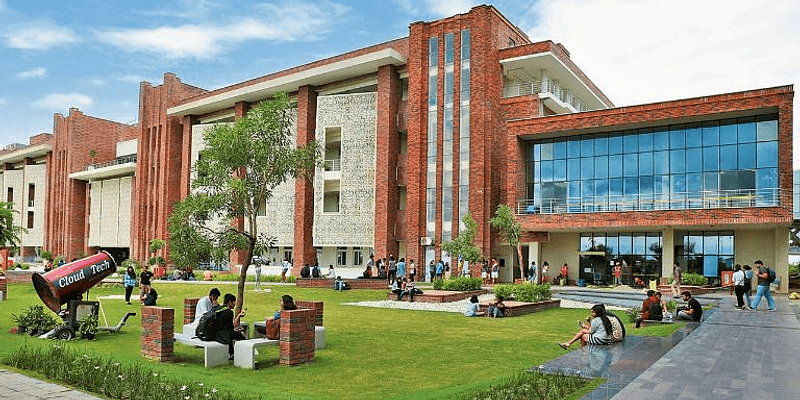Ashoka University collaborates with ThoughtWorks to chart coronavirus spread
BharatSim is an agent-based model to efficiently check the spread of the coronavirus pandemic
The ongoing coronavirus-led crisis has proven to cause deep losses to many lives across the globe. Having managed to cause a global economic slump, the novel virus has urged many individuals, as well as collectives, to come forward with ideas and initiatives to contribute to the fight against COVID-19.
To that effect, Sonepat-based Ashoka University announced a research collaboration with a software consultancy Thoughtworks to develop the first ultra-large-scale agent-based simulation for the spread of the virus in India. The model BharatSim builds on EpiRust, an open-source framework developed and released by ThoughtWorks.

Ashoka University (Image: India Today)
In the early stages, the platform will represent about five percent of India's population. And, in the coming months, it aims to represent up to 40 percent of India's population. In the model, each individual is simulated as an 'agent' on a computer.
“While data on COVID-19 keeps pouring in, the country has not been able to understand how the pandemic has spread across the country yet, and if it has had a controlled spread. BharatSim will enable us to understand the effects of the measures taken by India, and what the future looks like for us,” said Malabika Sarkar, Vice-Chancellor, Ashoka University, as reported by’ the Business Line.
'Agents', which each have unique properties, are chosen to match with the information known from the district and state-level demographic studies, which includes studies on age distributions, sex ratios, population densities, geographic location, and health indicators.
The team of developers is headed by Gautam Menon, Professor of Physics and Biology at Ashoka University, and Harshal Hayatnagarkar, Computer Scientist at ThoughtWorks, Engineering for Research (E4R) team.
“Scientists understand that working collaboratively frees us to concentrate on what we are best at. Once completed, BharatSim will be made freely available to the community of researchers and policymakers in India and elsewhere,” stated Professor Gautam Menon, according to EdexLive
Since the model allows for comparing different interventions, it aims to be a potentially powerful tool for decision making and policymakers.
Do you have an interesting story to share? Please write to us at [email protected]. To stay updated with more positive news, please connect with us on Facebook and Twitter.
Edited by Suman Singh











